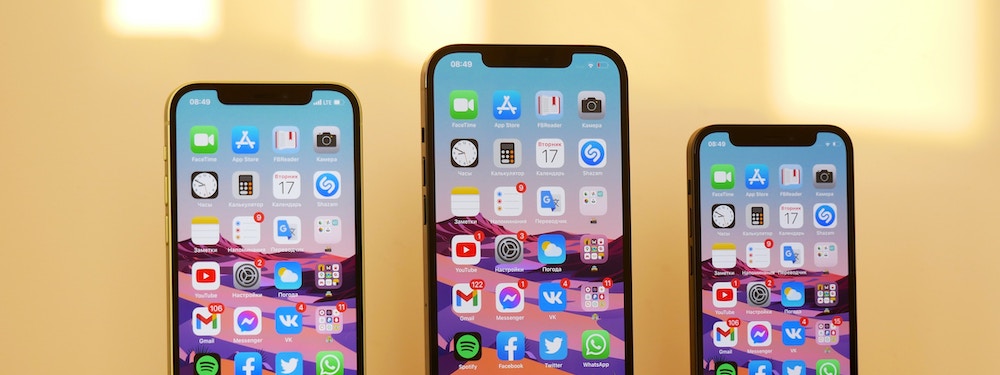User experience (UX) design trends have been rapidly evolving last decade, faster than anytime in history. The reason for that is simple – the skyrocketed growth in digital devices, both in terms of their capacity to load and render powerful UI elements, as well as an increased expectations from customers.
Let us now dive into the top emerging trends that will dominate UX design in 2024:
1. Personalization:
- Using advanced machine learning (ML) algorithms for better understanding and forecasting user needs by analyzing past interactions, purchase history, preferences etc.
- Dynamic content display that adapts in real-time based on user’s device and mode of interaction.
- Personalized user onboarding experiences based on demographics, skills etc.
2. Voice User Interfaces (VUI):
- Natural language processing, especially if the organization is in the e-commerce business.
- Conversational user interaction design to create more human-like interactions.
- Integration of voice commands in various digital platforms, from mobile apps to smart home devices.
3. Color Emotions:
- Exploration of color psychology to evoke good emotions and enhance user experience.
- Customizable color schemes to allow users to personalize their interface.
- Attention to contrast ratios and readability, especially in dark mode.
4. Microinteractions:
- Subtle animations as responses to user actions, such as gestures and touch.
- Microinteractions to guide users through a process or provide context to certain elements.
- Attention to timing and easing functions to create smooth and delightful animations.
5. Accessibility and Inclusive Design:
- Wider implementation of the Web Content Accessibility Guidelines will ensure that mobile apps, websites (cross-device) and software (cross-device) are much more readily accessible by people with special needs.
- Designing with empathy, which means, considering various user needs by testing the UX design from the perspective of the customer.
- Expanding tools and features that enhance the overall user experience for everyone, not just those with accessibility requirements.
6. Data Privacy and Ethical Design:
- Clear communication of data usage policies and privacy settings.
- User-friendly interfaces for managing and controlling personal data.
- Ethical considerations in design decisions, such as avoiding dark patterns and deceptive practices.
7. Minimalist Design:
- Increased focus on essential elements to reduce cognitive load and enhanced usability.
- Typography choices that prioritize readability and hierarchy.
- Strategic use of negative space to create a clean and uncluttered interface.
8. Smart Content Loading:
- Prioritization of critical content for faster initial loading times.
- Lazy loading techniques for images and other non-essential content.
- Adaptive loading based on the user’s network conditions and device capabilities.
9. Progressive Web Apps (PWAs):
- Offline functionality and caching to provide a seamless user experience, even with limited or no internet connectivity.
- App-like navigation patterns within the browser for a cohesive experience.
- Push notifications for improved user engagement.
10. Storytelling in Design:
- Integration of narrative elements in onboarding processes to guide users through product features.
- Story-driven interfaces that create a more memorable and emotionally engaging user experience.
- Consistent brand storytelling across different touchpoints.
11. Biometric Authentication:
- Implementation of secure and user-friendly biometric authentication methods, such as fingerprint recognition, facial recognition, or voice recognition.
- Consideration of user privacy concerns and transparent communication about how biometric data is stored and used.
- Integration of biometrics into multi-factor authentication for enhanced security.
12. Immersive Experiences:
- Integration of augmented reality (AR) and virtual reality (VR) to create immersive product demonstrations, virtual tours, or interactive storytelling.
- Emphasis on 3D interfaces and spatial design, allowing users to interact with digital elements in a more tangible way.




